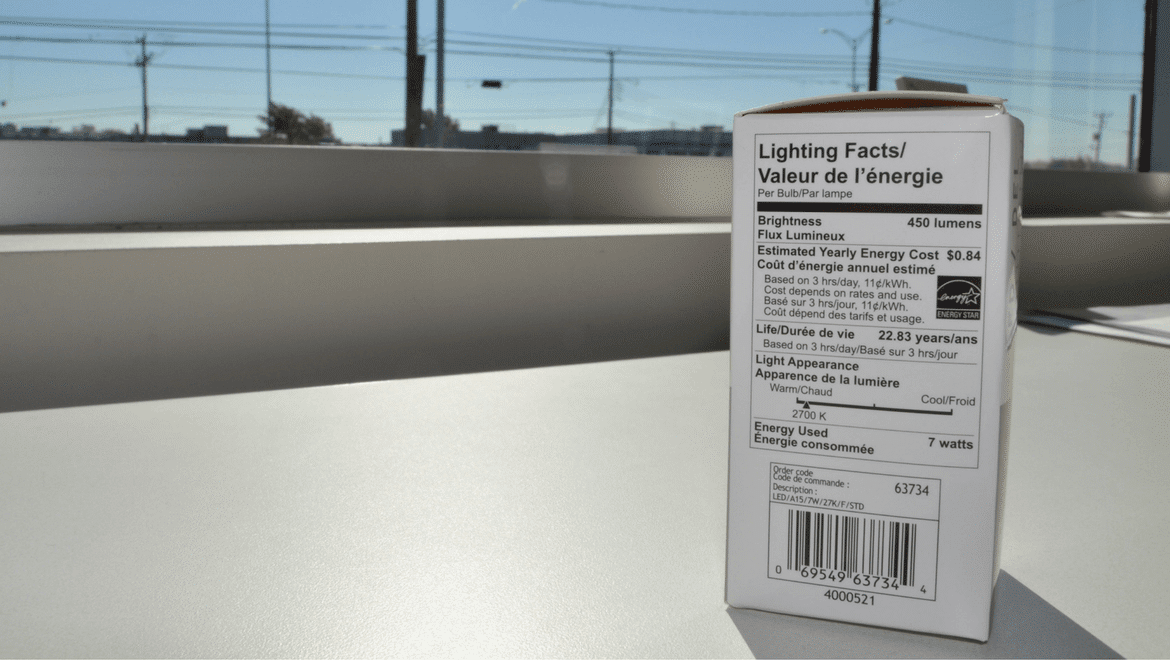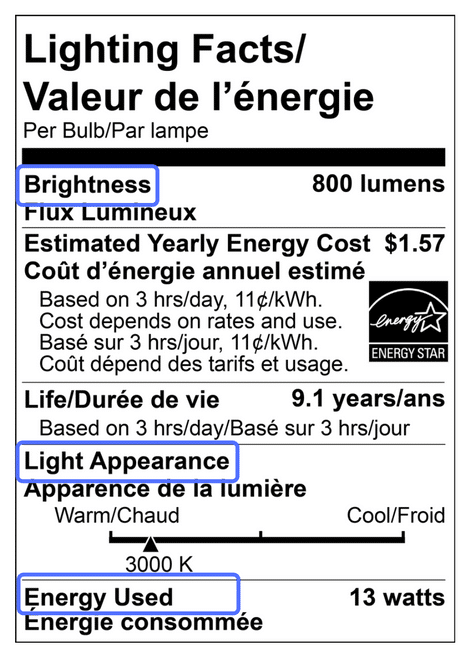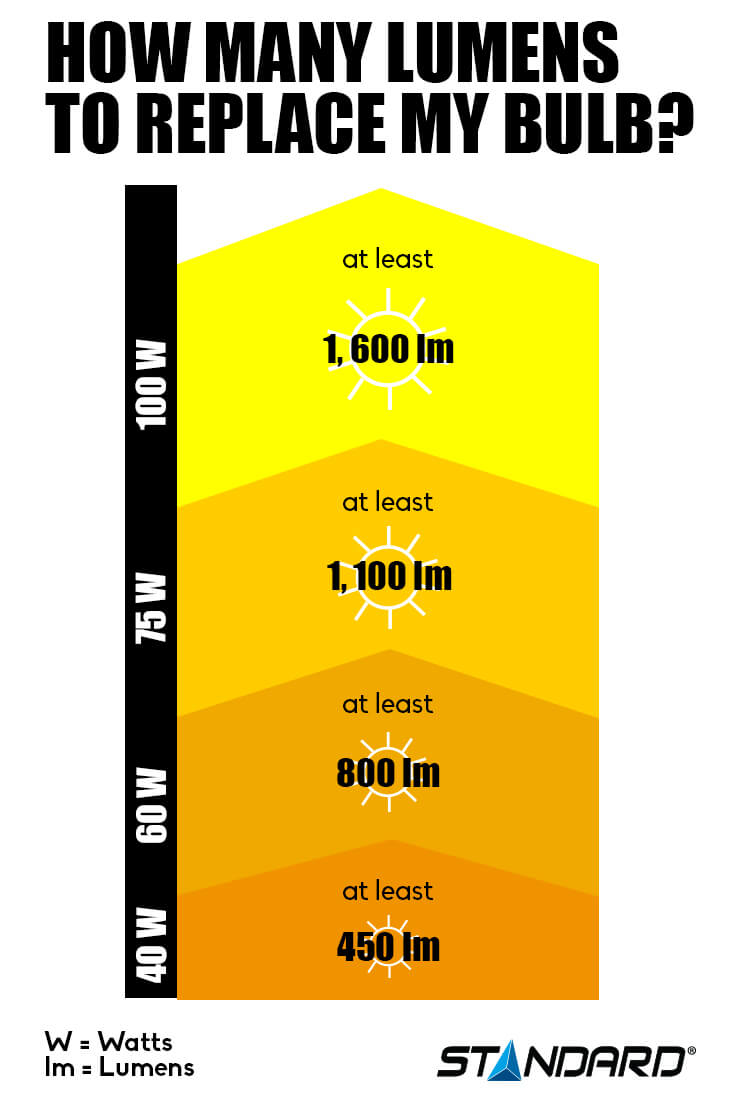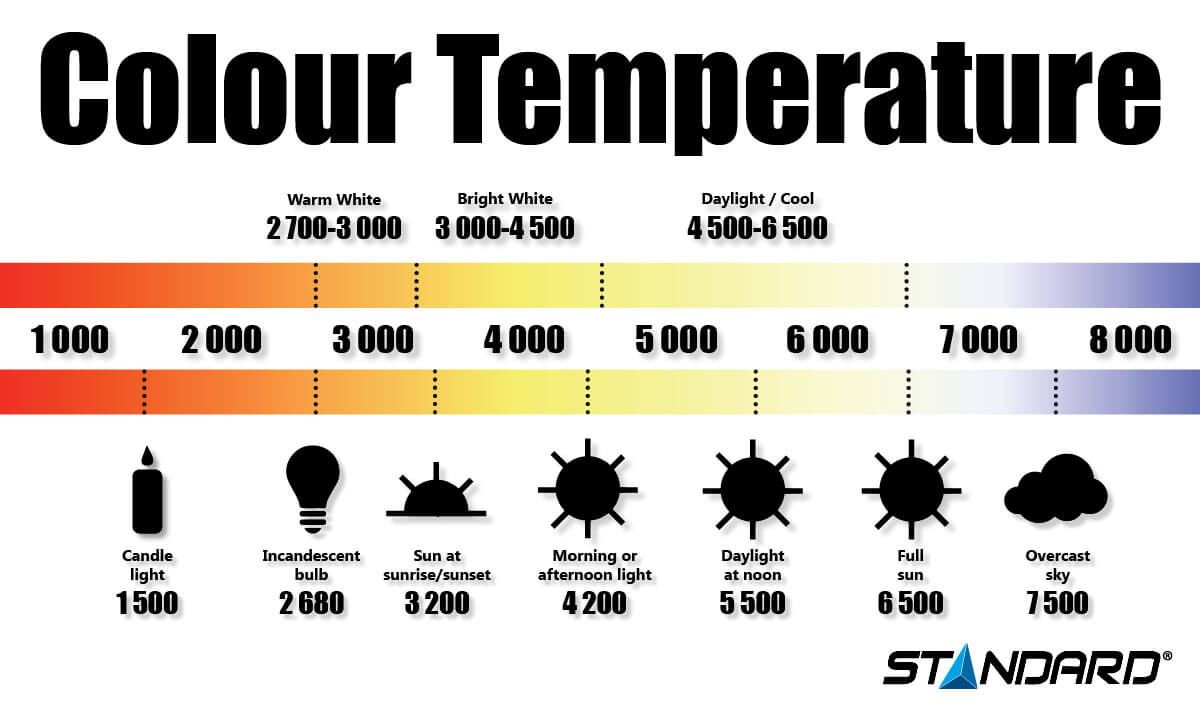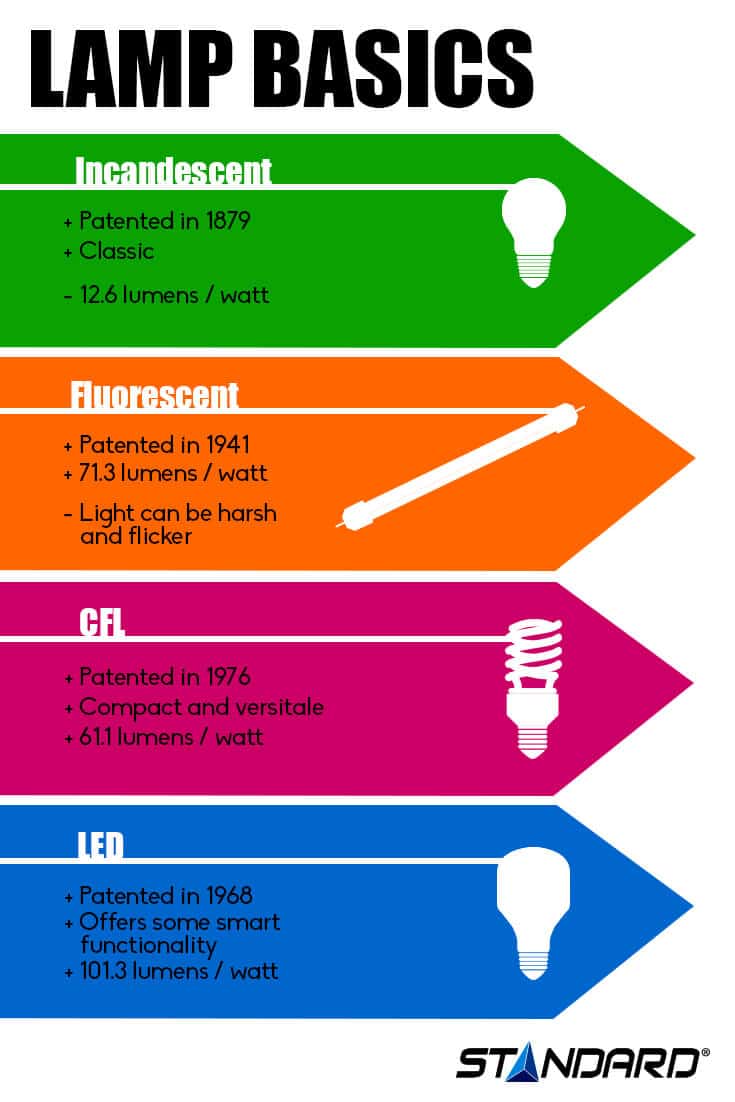Up until quite recently, all lighting systems used incandescent bulbs. When the bulb went out, we simply replaced it with another of similar wattage without thinking about it. Today, however, we are faced with a wide range of lighting products that offer numerous advantages. How do we decide which is the best? We might begin by examining the energy value chart on the lighting product labels. Read on to discover a number of standards you should consider when exploring your lighting options.
How to read lighting product labels
Up until quite recently, all lighting systems used incandescent bulbs. When the bulb went out, we simply replaced it with another of similar wattage withou
